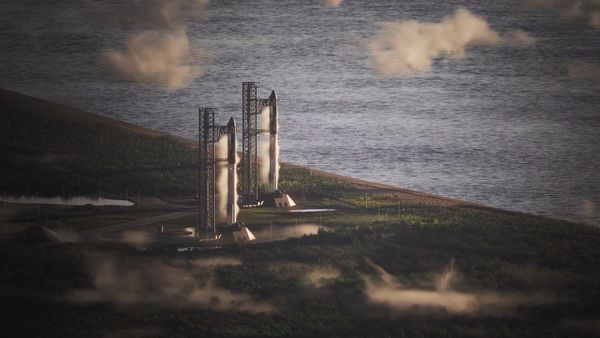
An earthquake in eastern Afghanistan has killed at least 610 people and injured 1,300, a government spokesman says, with significant damage reported across several districts in the mountainous regions.
The 6.0 magnitude quake struck at 11:47pm local time (19:17 GMT) on Sunday in the province of Kunar near the city of Jalalabad in neighbouring Nangarhar province, destroying numerous villages and causing extensive damage, local sources told Al Jazeera.
The quake, centred 27km (17 miles) east of Jalalabad, was just 8km (5 miles) deep. Shallower quakes tend to cause more damage.
A short while later, another 4.5 magnitude tremor occurred near Basawul in Nangahar.
Al Jazeera’s Mohsin Momand, reporting from Kabul, said aftershocks were felt into the morning.
“The epicentre of the quake was recorded in Kunar province. Entire villages in Kunar province have been badly hit. And the government says emergency teams are being deployed from Kabul and nearby provinces. Officials here are pledging to use all available resources to rescue people and support affected families,” he said.

The effect of the quake was felt in neighbouring Pakistan, too.
Al Jazeera’s Kamal Hyder, reporting from Lahore, said people in vast areas of Pakistan, including in Khyber Pakhtunkhwa and Punjab provinces, were jolted awake late at night because of the tremor.
He said the devastation from the earthquake was likely to be high in Afghanistan as it had struck at a shallow depth.
“Kunar is an impoverished and mountainous region. The houses there are very vulnerable, built of mud and rocks. So they would not be able to withstand this particular earthquake, given the fact that this was shallow. It also happened late in the night, when a lot of people were inside their homes,” Hyder said.
“The situation there is quite dire, because some of the reports that we are getting are that hundreds are feared dead, and that is, of course, the big concern. These villages are spread wide apart. Access is also very difficult, because such earthquakes would definitely have caused landslides. So whatever operation is going to be underway has to be within the critical hours to reach those remote locations. That will be the biggest challenge,” he added.
Experts, meanwhile, say the affected area is in a region prone to large earthquakes.
“It’s a very tectonically active area at the junction of the Indian and Eurasian tectonic plates, and the Indian plate is moving northwards and sliding past parts of Eurasia,” said Chris Elders, an emeritus professor at Curtin University’s School of Earth at Planetary Sciences in Western Australia.
It is an area that “also has quite a high population density and an area that’s very mountainous”, meaning that earthquakes there often also trigger landslides, he said.
“It’s not only the buildings that will shake and become unstable, but the hillsides will also shake and become unstable, and that is what triggers the landslide,” he added.
In October 2023, an earthquake struck western Afghanistan, killing at least 2,400 people, according to the government there.







